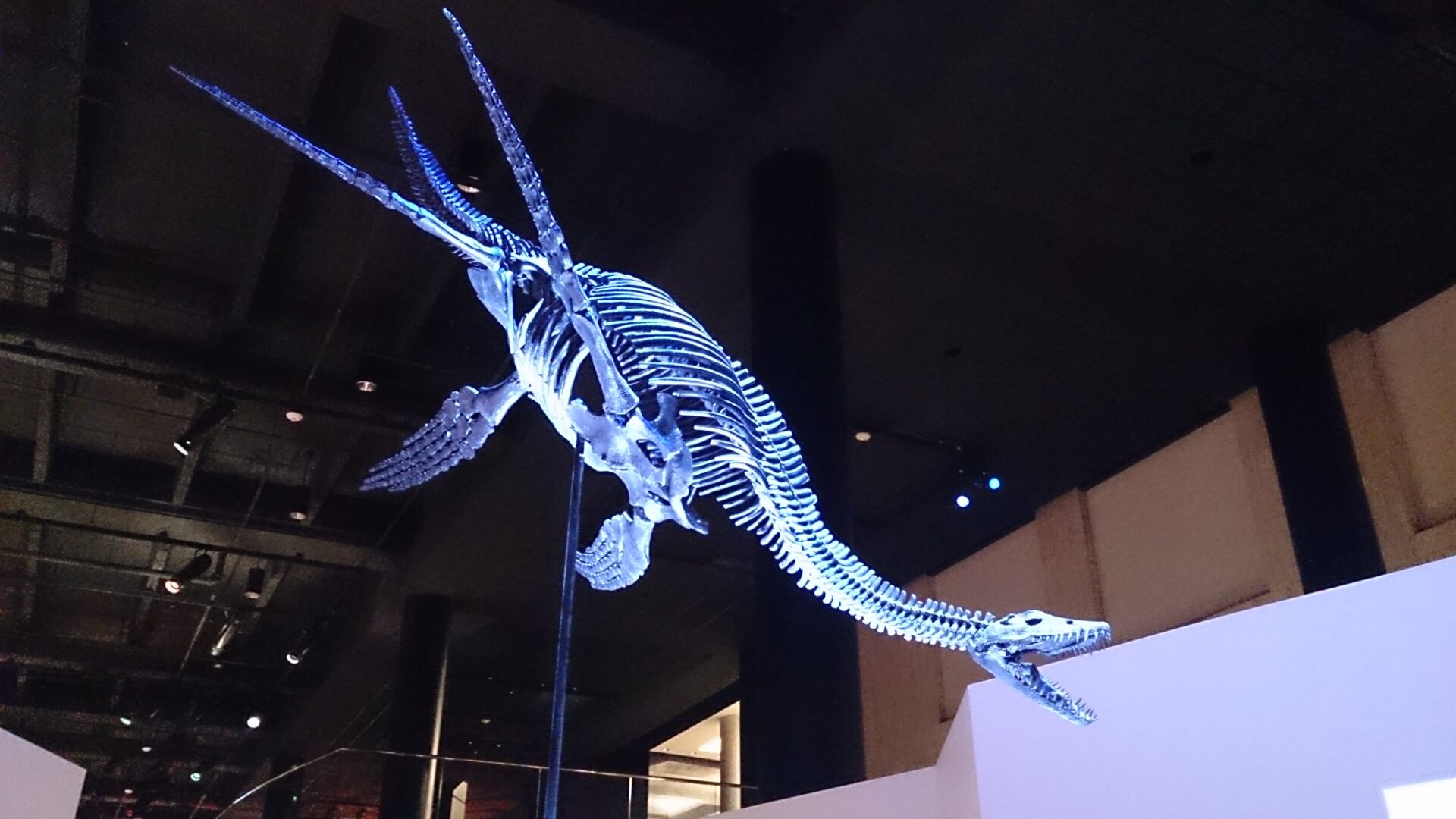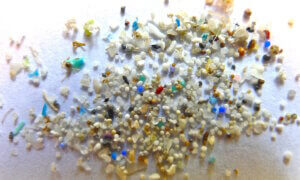Finally, all those Nessie souvenirs picked up by people visiting Scotland could very well be reproductions of the real Loch Ness monster.
A new report from researchers at the University of Portsmouth say they discovered some fossils that indicate the Loch Ness monster might not be a myth after all.
In any case, the researcher’s find is as fascinating as they come.
They discovered some plesiosaurs fossils in a river system – not in Scotland but in Morocco, in the Kem Kem region.
Up until now, scientists thought that plesiosaurs – the dinosaurs that most closely resemble the mythical Scottish monster – were exclusively found in saltwater. It followed that a creature like Nessie couldn’t possibly live in Loch Ness, a freshwater lake.
Now, with the discovery of remains including bones and teeth from three-meter-long adults, all of them found in freshwater, the researchers think that plesiosaurs adapted to tolerate and actually live in non-marine conditions.
If Nessie was real, what’s next? We hope for the unicorn, Scotland’s official animal.
Image by Kim Alaniz from Paleo Hall at HMNS
Follow TechTheLead on Google News to get the news first.



















